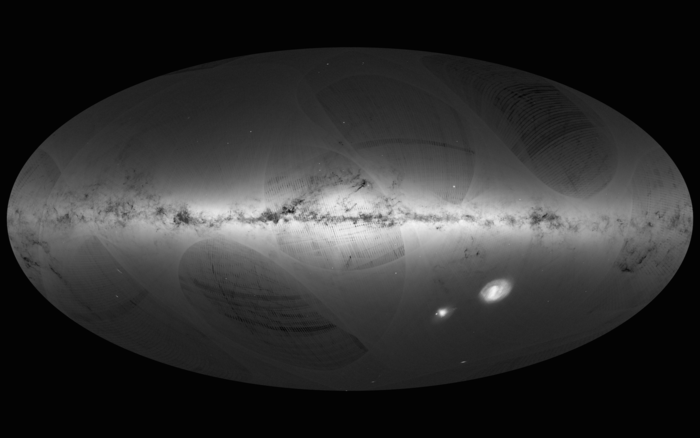https://en.wikipedia.org/wiki/Betelgeuse#Distance_measurements wrote:
<<Since the first successful parallax measurement by Friedrich Bessel in 1838, astronomers have been puzzled by Betelgeuse's apparent distance. Knowledge of the star's distance improves the accuracy of other stellar parameters, such as luminosity that, when combined with an angular diameter, can be used to calculate the physical radius and effective temperature; luminosity and isotopic abundances can also be used to estimate the stellar age and mass. In 1920, when the first interferometric studies were performed on the star's diameter, the assumed parallax was 0.0180 arcseconds. This equated to a distance of 56 parsecs (pc) or roughly 180 light-years (ly), producing not only an inaccurate radius for the star but every other stellar characteristic. Since then, there has been ongoing work to measure the distance of Betelgeuse, with proposed distances as high as 400 pc or about 1300 ly.
Before the publication of the Hipparcos Catalogue (1997), there were two conflicting parallax measurements for Betelgeuse. The first, in 1991, gave a parallax of π = 9.8 ± 4.7 mas, yielding a distance of roughly 102 pc or 330 ly. The second was the Hipparcos Input Catalogue (1993) with a trigonometric parallax of π = 5 ± 4 mas, a distance of 200 pc or 650 ly. Given this uncertainty, researchers were adopting a wide range of distance estimates, leading to significant variances in the calculation of the star's attributes.
The results from the Hipparcos mission were released in 1997. The measured parallax of Betelgeuse was π = 7.63 ± 1.64 mas, which equated to a distance of 131 pc or roughly 430 ly, and had a smaller reported error than previous measurements. However, later evaluation of the Hipparcos parallax measurements for variable stars like Betelgeuse found that the uncertainty of these measurements had been underestimated. In 2007, an improved figure of π = 6.55±0.83 was calculated, hence a much tighter error factor yielding a distance of roughly 152±20 pc or 520±73 ly.
In 2008, using the Very Large Array (VLA), produced a radio solution of π = 5.07±1.10 mas, equalling a distance of 197±45 pc or 643±146 ly. As the researcher, Harper, points out: "The revised Hipparcos parallax leads to a larger distance (152±20 pc) than the original; however, the astrometric solution still requires a significant cosmic noise of 2.4 mas. Given these results it is clear that the Hipparcos data still contain systematic errors of unknown origin." Although the radio data also have systematic errors, the Harper solution combines the datasets in the hope of mitigating such errors.
The European Space Agency's current Gaia mission may not improve over the measurements of Betelgeuse by the earlier Hipparcos mission as Betelgeuse is brighter than the approximately V=6 saturation limit of the mission's instruments.>>
